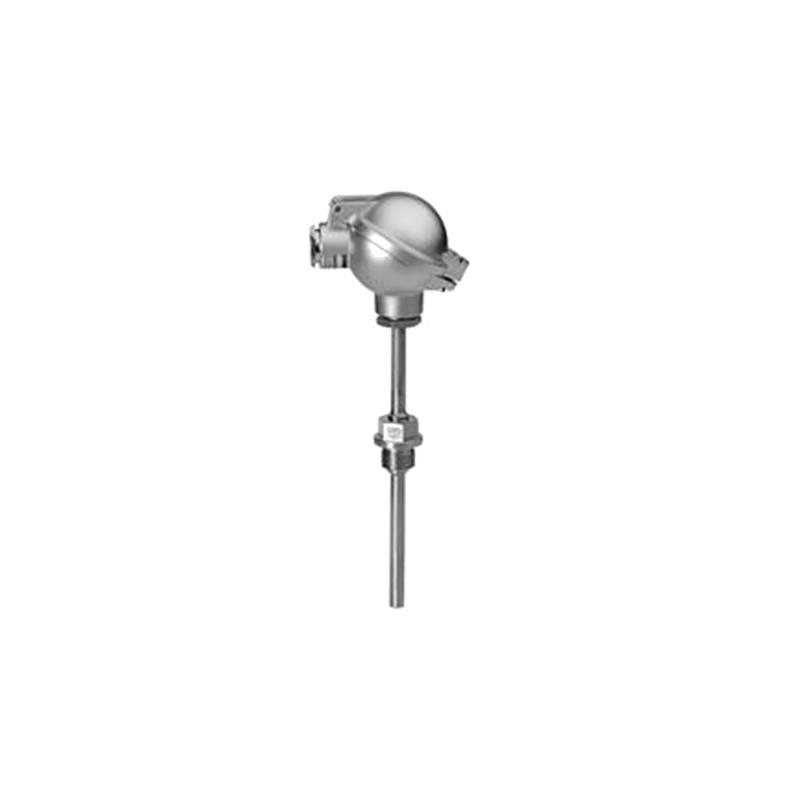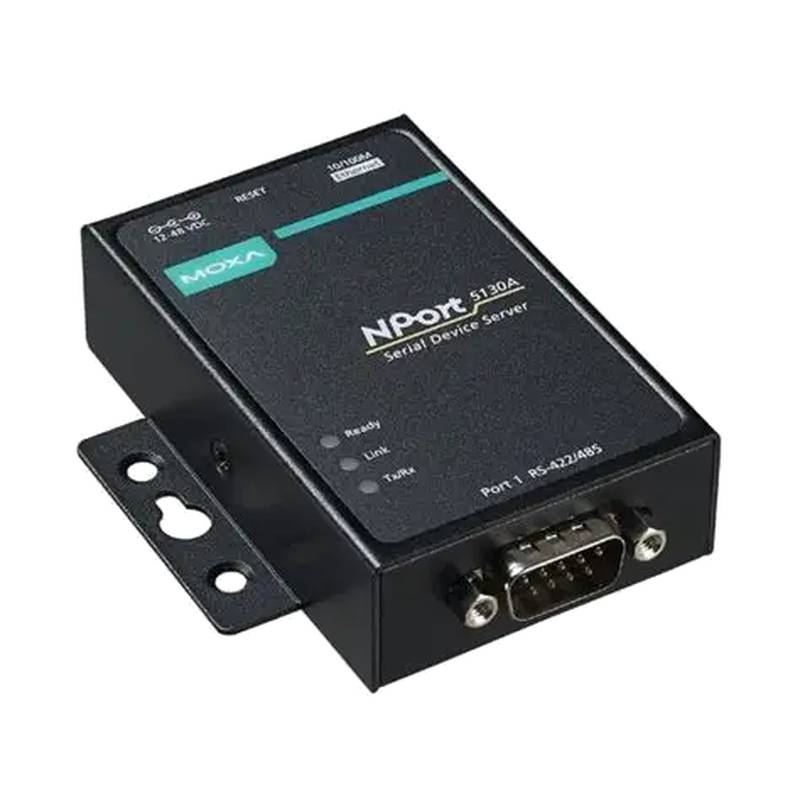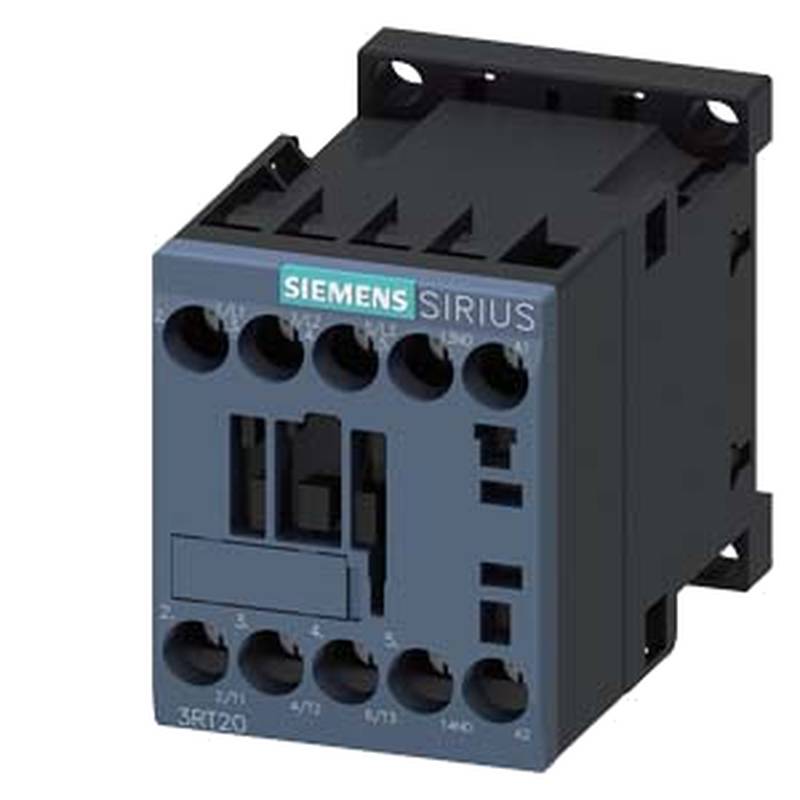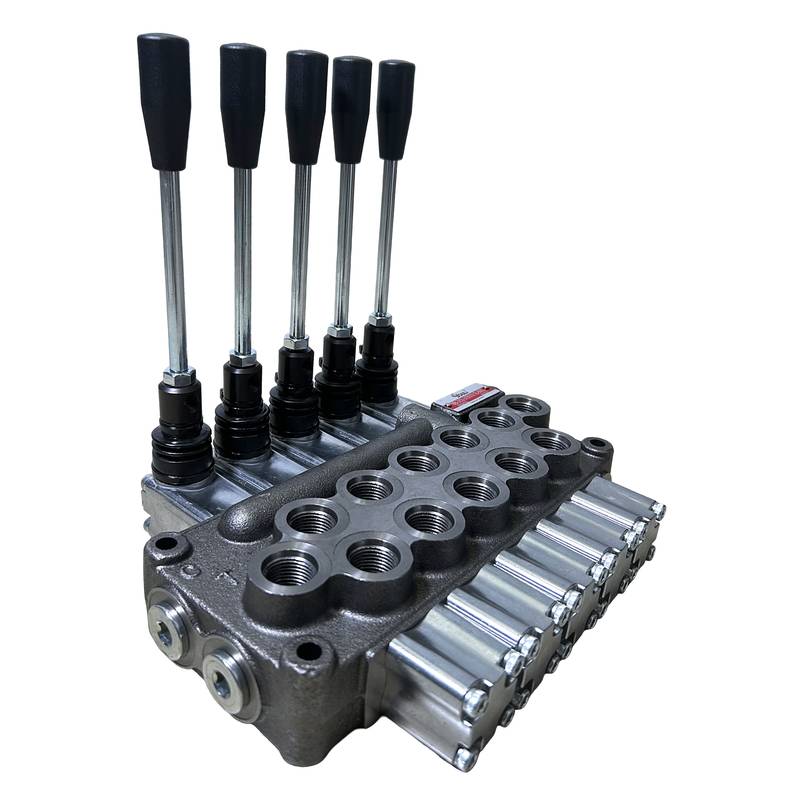
The Siemens BPZ:QAE3075.016 is a high-temperature resistant Pt100 sensor engineered for demanding industrial environments. Its robust construction and advanced sensing technology deliver exceptional accuracy and reliability where conventional sensors falter. This sensor is designed to withstand extreme thermal conditions, making it an indispensable component in processes requiring precise temperature monitoring under duress. The BPZ:QAE3075.016 offers a wide operating range, rapid response time, and excellent long-term stability, ensuring consistent performance and process integrity. Key technical parameters include its Pt100 sensing element, a wide temperature range of -50 to +600°C, and a protection tube material suitable for high-temperature exposure.
Product Specifications
| Parameter | Value |
| :---------------------------- | :----------------------------------- |
| Sensing Element | Pt100 |
| Temperature Range | -50 to +600°C |
| Protection Tube Material | High-temperature resistant alloy |
| Connection Type | Standard industrial fitting (e.g., M12 or screw terminal) |
| Ingress Protection | IP67 (typical, verify datasheet) |
| Response Time (T63%) | ≤ 15 seconds (dependent on immersion) |
| Accuracy Class | Class A or Class B (IEC 60751) |
| Electrical Connection Options | 2-wire, 3-wire, or 4-wire |
| Sheath Diameter | Standard industrial sizes (e.g., 6mm) |
| Sheath Length | Varies by specific model variant |
Core Features & Market Positioning
The Siemens BPZ:QAE3075.016 distinguishes itself through its superior high-temperature resilience, a critical differentiator in sectors like power generation, chemical processing, and industrial furnace control. Unlike standard sensors that degrade or fail under extreme heat, this Pt100 element maintains its calibration and operational integrity up to 600°C. Its design prioritizes durability, featuring a robust protection tube crafted from specialized high-temperature resistant alloys, safeguarding the sensing element from thermal shock and corrosive atmospheres. This translates to reduced maintenance intervals and enhanced operational safety, positioning the BPZ:QAE3075.016 as a premium solution for applications where reliability is paramount and downtime is costly.
Key Application Scenarios
This high-temperature Pt100 sensor finds critical use in industrial furnaces, kilns, and ovens where precise temperature control is vital for product quality and energy efficiency. It is extensively deployed in the petrochemical industry for monitoring high-temperature process streams and in power plants for flue gas temperature measurement. Furthermore, its resilience makes it suitable for applications within the metal processing industry, such as in heat treatment baths and smelting operations. Manufacturers of industrial machinery requiring accurate temperature feedback in extreme conditions also rely on the Siemens BPZ:QAE3075.016 for reliable performance.
Practical System Integration Guidance
Integrating the Siemens BPZ:QAE3075.016 into existing control systems is straightforward, leveraging standard industrial interfaces. For wiring, ensure adherence to the chosen configuration (2, 3, or 4-wire) to maintain measurement accuracy. Use appropriate high-temperature rated cabling and conduit to protect against the thermal environment. When connecting to programmable logic controllers (PLCs) or distributed control systems (DCS), utilize compatible temperature input modules. For precise readings, ensure proper immersion depth into the process medium, as specified in the sensor's technical documentation, to facilitate accurate thermal transfer and response time.
Operation and Risk Mitigation
Proper operation of the Siemens BPZ:QAE3075.016 involves ensuring it is installed within its specified temperature and environmental limits to prevent premature failure. Regular visual inspections for any physical damage or contamination on the protection tube are recommended. While the sensor is designed for high temperatures, exceeding the maximum rating of 600°C will likely lead to irreversible damage and inaccurate readings. Common troubleshooting includes checking wiring integrity and ensuring the connected instrumentation is correctly configured for a Pt100 sensor. Faults typically manifest as out-of-range readings or complete signal loss, often indicating a sensor failure or wiring issue.
Scalability & Long-Term Value
The Siemens BPZ:QAE3075.016 offers excellent long-term value due to its robust design, which minimizes drift and maximizes operational lifespan, thereby reducing total cost of ownership. Its compatibility with standard industrial signal conditioning and control systems, including those supporting digital communication protocols, ensures seamless integration with both legacy and modern platforms. This adaptability allows for straightforward upgrades and expansions of monitoring systems without requiring complete overhauls. For facilities looking to enhance their industrial internet of things (IIoT) capabilities, the BPZ:QAE3075.016 can be integrated into smart sensor networks, providing valuable real-time data for advanced analytics and predictive maintenance strategies.
Frequently Asked Questions
1. What is the maximum continuous operating temperature for the Siemens BPZ:QAE3075.016?
The Siemens BPZ:QAE3075.016 is rated for continuous operation up to 600°C. Exceeding this limit can damage the sensor. Always ensure your application stays within this specified range for optimal performance and longevity.
Adhering to the maximum temperature ensures the Pt100 element maintains its accuracy and the protection tube withstands the thermal stress. Continuous operation at or near the maximum rating requires careful consideration of the surrounding environment and potential thermal cycling effects.
Proper installation and monitoring are key. If your process frequently approaches or exceeds 600°C, consider alternative sensors or a heat shielding solution.
2. What materials are used in the protection tube of the BPZ:QAE3075.016?
The protection tube is constructed from specialized high-temperature resistant alloys. These materials are selected for their ability to withstand extreme heat and potential corrosive environments common in industrial processes.
Specific alloy compositions provide the necessary thermal conductivity and mechanical strength at elevated temperatures, safeguarding the delicate Pt100 sensing element within. This robust construction is a hallmark of Siemens' industrial sensor design.
The choice of alloy ensures the sensor's longevity and accuracy, even when subjected to rapid temperature changes or aggressive media found in demanding applications.
3. How does the BPZ:QAE3075.016 differ from standard industrial temperature sensors?
This sensor's primary advantage is its significantly higher temperature resistance, up to 600°C. Standard sensors typically have much lower maximum operating temperatures, often failing or losing accuracy above 250-300°C.
The BPZ:QAE3075.016 utilizes a high-grade Pt100 element and a specially engineered protection tube made from advanced alloys. This combination allows it to maintain stable and accurate readings in extreme thermal conditions where conventional sensors cannot function.
Its robust construction is designed for harsh industrial environments, offering greater durability, extended service life, and reduced maintenance compared to less specialized temperature measurement devices.
4. What are the typical applications for a high-temperature Pt100 sensor like this?
This sensor is ideal for monitoring temperatures in industrial furnaces, kilns, and ovens where processes require precise control at very high heat levels. It is also used in the petrochemical industry for high-temperature process lines and in power generation for flue gas monitoring.
Other key areas include metal treatment processes like heat baths and annealing, as well as in the manufacturing of glass and ceramics, where extreme temperatures are integral to production.
Any industrial application involving the measurement of temperatures ranging up to 600°C, and requiring high accuracy and reliability, is a suitable candidate for the Siemens BPZ:QAE3075.016.
5. Can the BPZ:QAE3075.016 be used in corrosive environments?
While designed for high temperatures, the suitability for corrosive environments depends on the specific chemicals and their concentrations. The high-temperature resistant alloy of the protection tube offers good resistance to many common industrial corrosive agents at elevated temperatures.
It is crucial to consult the detailed technical datasheet for specific chemical compatibility information. Siemens provides guidance on material resistance for various aggressive media at different temperature ranges.
For highly aggressive or specific corrosive applications, it's advisable to confirm the sensor's material compatibility with the process medium or consider additional protective sheaths if necessary.
6. What is the response time of the Siemens BPZ:QAE3075.016?
The response time, often specified as T63% (the time to reach 63% of a step change in temperature), is typically around 15 seconds or less. However, this value is heavily dependent on the immersion depth of the sensor into the process medium.
A longer immersion depth generally leads to a faster response time as there is better thermal contact between the medium and the sensing element. Conversely, shallow immersion will result in a slower response.
For critical applications requiring very fast temperature readings, ensure adequate immersion and consider the thermal properties of the medium being measured, as these also influence the sensor's response.
7. How do I connect the BPZ:QAE3075.016 sensor to my control system?
The sensor typically features standard industrial electrical connection types, such as M12 connectors or screw terminals. You will need to wire it according to its configuration (2, 3, or 4-wire) to a compatible temperature input module on your PLC or DCS.
Always refer to the sensor's manual for the correct wiring diagram. Using the appropriate wiring configuration is crucial for maintaining measurement accuracy, especially for 3-wire and 4-wire setups which compensate for lead wire resistance.
Ensure that the cabling and connections are rated for the ambient temperature and environmental conditions of your installation to guarantee reliable signal transmission.
8. What is the accuracy class of this Pt100 sensor?
The Siemens BPZ:QAE3075.016 generally conforms to accuracy classes specified by IEC 60751. This means it will typically meet Class A or Class B tolerances, depending on the specific variant or configuration chosen.
Class A sensors offer tighter tolerances and higher accuracy, making them suitable for more demanding measurement tasks. Class B sensors provide good accuracy for a wide range of industrial applications.
Always check the product's specific datasheet to confirm the exact accuracy class and its associated temperature deviation limits to ensure it meets your process requirements.
9. Does this sensor support digital communication protocols like HART or Profibus?
While the BPZ:QAE3075.016 itself is a direct Pt100 sensor outputting an analog resistance signal, it can be integrated into systems that utilize digital communication protocols. This is typically achieved through an associated transmitter.
Many Siemens transmitters or intelligent input modules can convert the sensor's resistance signal into a digital format (e.g., 4-20mA, HART, Profibus, Profinet). These transmitters then communicate digitally with your control system.
This allows for enhanced diagnostics, remote configuration, and seamless integration into IIoT platforms, providing more data and control over your temperature measurement points.
10. What kind of maintenance is required for the BPZ:QAE3075.016?
The primary maintenance involves periodic visual inspections to check for physical damage, corrosion, or buildup on the protection tube that could affect heat transfer or sensor integrity. Calibration checks should also be performed according to your process's quality requirements and maintenance schedule.
Ensure the electrical connections remain clean and secure. If the sensor is used in a dirty or abrasive environment, periodic cleaning of the probe may be necessary, taking care not to damage the sensing element.
Due to its robust construction, the Siemens BPZ:QAE3075.016 generally requires minimal maintenance compared to less durable sensors, offering long-term reliability and reducing operational costs.

























